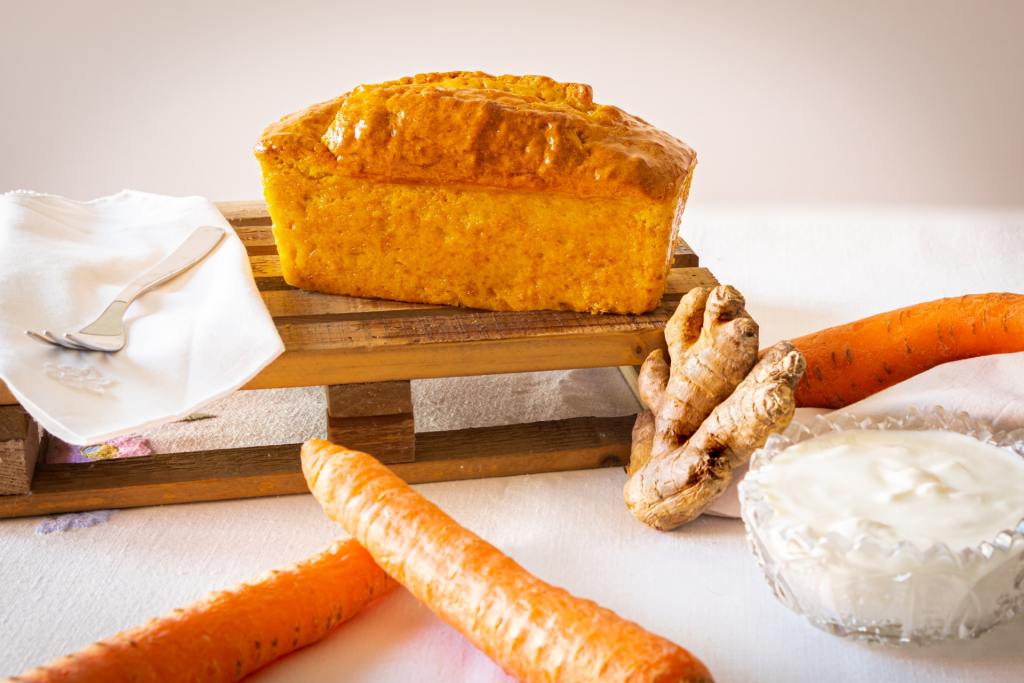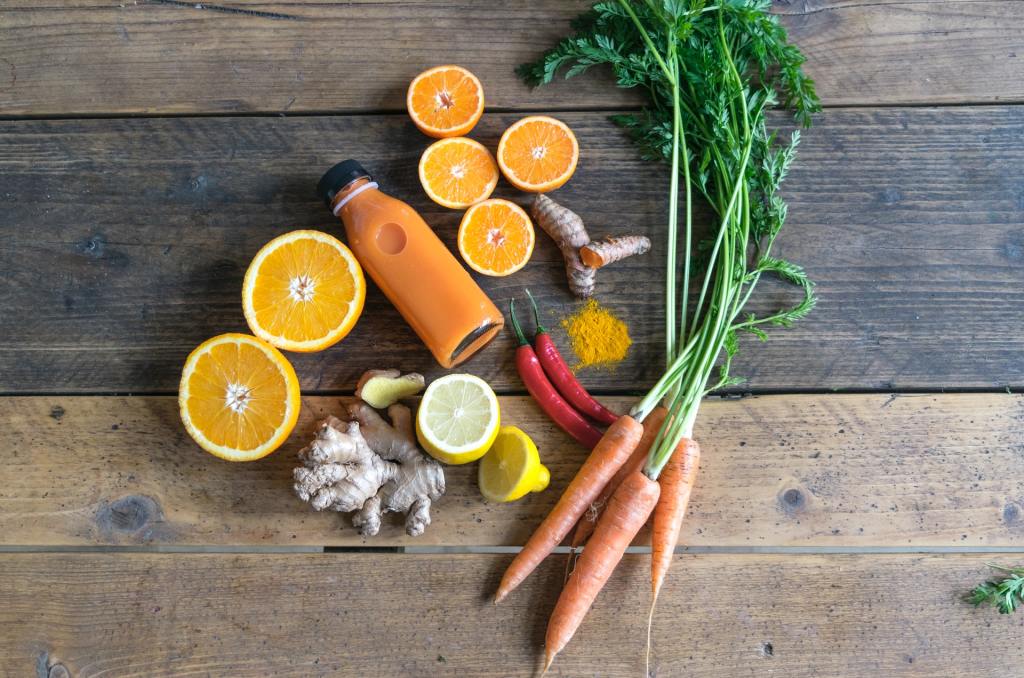We grew up hearing that eating carrots would make our eyes prettier, and while that isn’t true, eating carrots is fantastic for your eye health. Now that fall harvest is just around the corner, you might end up overloaded with carrots. Of course, you can eat them raw with a bit of veggie dip, but you might get sick of that pretty quickly.
Below, we go through all the different ways you can cook, bake, shred, ferment, and preserve carrots to ensure you don’t let any of those gorgeous orange veggies go to waste.

Cooking and baking with carrots
You might have hated eating your vegetables as a kid, but there are so many ways to eat a carrot that there’s sure to be a style that will make you fall in love with these healthy roots.
Baked
We think carrot cake gets a bad rap, and here’s a recipe from the New York Times Cooking website to convince you how delicious carrot cake can be. These carrots might not be healthy anymore with walnuts and cream cheese icing, but they sure are tasty! Just be sure to skin the carrots to ensure they aren’t too tough and don’t add an unpleasant texture to the cake.
Roasted
A fantastic side dish for a chuck roast in the middle of winter is roasted winter veggies. Among those veggies are beets, potatoes, and carrots. Roasting these with fresh rosemary, olive oil, salt, and pepper is a healthy and simple way to eat veggies. You can leave the skins on the carrots, or you can take them off. Just remember that a lot of the carrot’s nutritional value is locked within that skin.
Soups
Making carrot soup is one of the best ways to use up a lot of carrots quickly. This carrot soup by Minimalist Baker calls for a whole pound of carrots, and you can easily make this soup in bulk and freeze it for later. With unique ingredients such as ginger, Thai spice, and fresh homegrown carrots, you’re sure to love this soup as a side with sandwiches for lunch or a light dinner.
Salads
We’ve probably all had that chopped house salad at a restaurant with iceberg lettuce, onion, tomato, and shredded carrots, and sometimes that simplistic salad hits the spot. However, this isn’t the only type of salad that shredded carrots go well with. You can add these crunchy treats to almost any salad for extra color and vitamins.
Juices
Juice cleanses are a bit controversial, but it can’t be ignored just how good for you they can be. Carrots are a popular juice choice because of their semi-sweet flavor. Add in an apple, some kale, and maybe a cucumber, and you have a snack that will boost your energy and nutrition. Before you juice carrots, though, you might want to skin them to make it easier on your juicer.
Steamed
Another simple way to cook carrots is by steaming them. With a veggie steamer basket and about 15 minutes, you can have soft and delicious carrots as a side dish. Keep it healthy and simple with a light sprinkle of salt, or add a square of butter for some extra flavor. You can even puree them after you steam them and make your own baby food!

Preserving Carrots
Even with all those fantastic carrot recipes above, you might still be overloaded with carrots. It’ll break your heart to watch them go bad, but after a while, there is such a thing as too many carrots! So here are some ways you can prolong the life of your carrots with some preserving techniques.
Fermentation
Fermented food isn’t everyone’s cup of tea, but it’s a great way to pack away extra carrots, and fermented food is good for your gut health. Here is a how to guide on fermenting carrots if you’ve never fermented anything before. It can be intimidating, but we think you’ll be happy with the results.
Canning
Another popular way to preserve carrots is by canning them. This will result in a similar tasting carrot to steaming them, but they will have a much longer shelf life than their steamed friends.
Dehydrating
It seems you can make “chips” out of anything, and carrots are no exception. While these won’t last as long as fermented or canned carrots, dehydrating them will prolong the shelf life significantly compared to fresh ones. Slice them up and put them in a dehydrator or oven for 8 to 12 hours.
If you have picky eaters in your home, you’re sure to find at least one of the recipes gets them to eat their carrots. Or, if you have a family full of carrot lovers, this list can help you broaden your horizons.
Editors' Recommendations
- Do you live in climate zone 2? Here’s what you need to know
- 7 ways to reuse your Halloween pumpkin so it doesn’t go to waste
- What’s in season at the farmers market this fall
- When do pears come in season? What you need to know
- Have an abundant fall apple harvest? Here’s what to do with a bunch of apples



